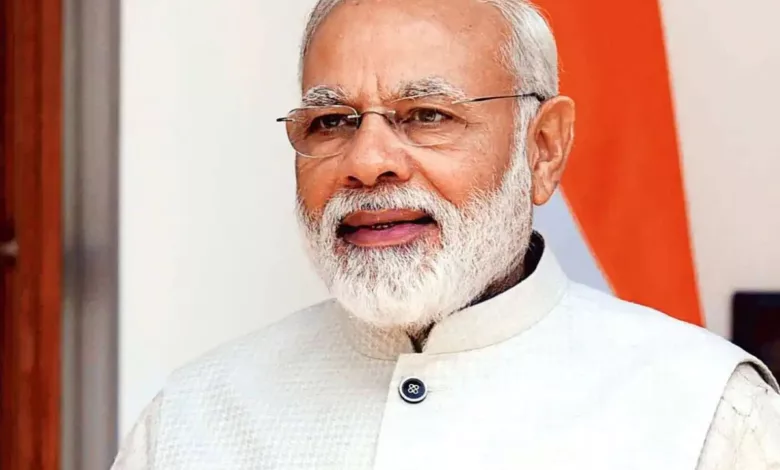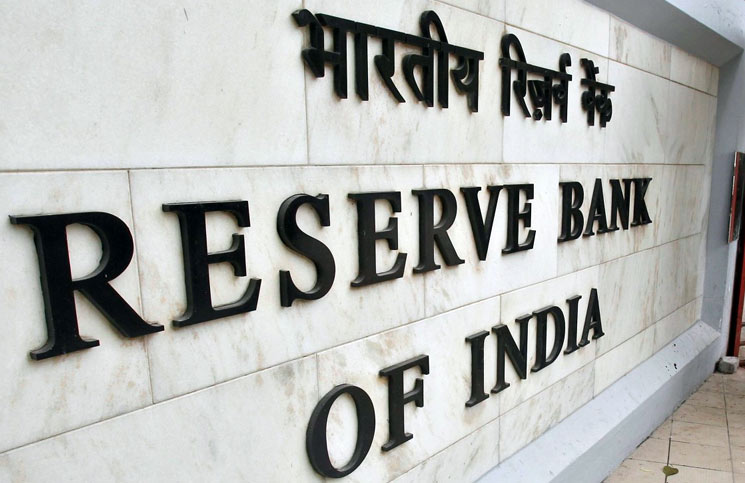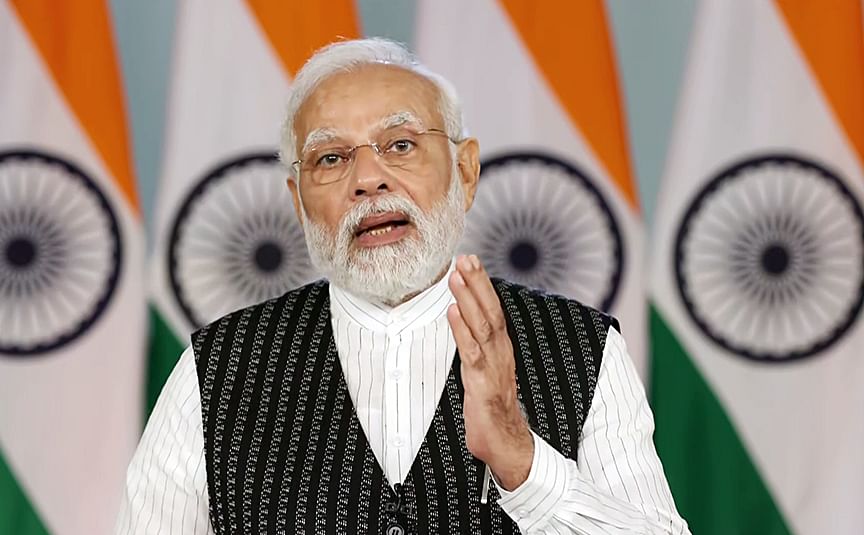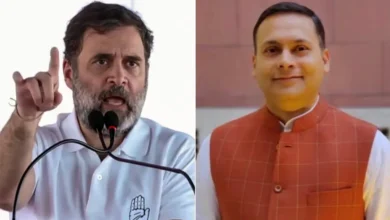India Banking Sector Is Robust Despite The Current Global Financial Crisis: PM Modi.
Details on India Banking Sector

According to PM Modi, India’s banking sector is robust despite the current global financial crisis.
Prime Minister Narendra Modi said on Saturday that India’s banking sector and economic systems are resilient despite the chaos roiling world markets. “Economic and banking systems are solid despite the global financial crisis. This is our institutions’ influence, “PM Modi stated at an event.
The recent failure of two mid-sized US banks has had a significant negative impact on bank equities worldwide. Even though authorities have saved bankers in danger, the unrest has raised concerns about what else might lurk in the more extensive global financial system.
Because of Prime Minister Narendra Modi, India’s banking system has shown to be highly resilient during the current financial crisis. After taking office in 2014, he has put in place several policies that have aided in maintaining the financial stability and robustness of India’s economy.

One of the most important actions made by PM Modi was introducing several reforms meant to increase accountability and transparency in India’s financial industry.
They included putting in place an oversight committee to keep a closer eye on banks’ activities and raising the capital requirements for banks. Also, his government established a special fund with the sole purpose of assisting cash-strapped lenders when necessary.
Also, Modi made it simpler for foreign investors to put money into Indian banks while ensuring they adhered to strict regulatory criteria set by the Reserve Bank of India (RBI).
In difficult times like these, when credit is hard to come by from traditional sources such as local deposits or debt markets domestically or overseas, this gave them access to additional sources of finance and further improved their balance sheets.
In general, PM Modi’s policies have allowed Indian banks to maintain a healthy level of capital even throughout the current global economic slowdown. Many analysts now feel that these actions will help assure long-term stability inside the financial system despite any future external shocks.
As a result, his efforts are having an impact. In addition to helping to prevent possible losses, he is also generating opportunities where none previously existed, making him a leader whose legacy will last far beyond his stint as prime minister.
India banking Sector

The intricate network of banks and other financial institutions that makeup India’s banking system supports the national economy. The Reserve Bank of India (RBI), the nation’s central bank, is in charge of policing and regulating the banking industry.
The scheduled and non-scheduled banks in India’s banking system can be broadly classified into two groups. Scheduled banks are divided into commercial and cooperative banks and are included in the Second Schedule of the RBI Act 1934. The banks not listed in the Second Schedule are those that are non-scheduled.
Commercial banks represent the bulk and importance of India’s banking system. The public sector, private sector, and foreign banks are different categories for these institutions. Governments own public sector banks, whereas individuals or other private enterprises own private sector banks. Through branches or subsidiaries, foreign banks conduct business.
The adoption of new technologies and the liberalisation of the industry are just two of the key transformations that India’s banking system has undergone recently. The government has also taken action to improve financial inclusion and broaden access to banking services, particularly in rural regions.
Yet, some things could be improved with India’s banking system, such as high levels of non-performing assets (NPAs) and governance problems. The Insolvency and Bankruptcy Code was implemented, and corporate governance reforms were made as part of the government’s response to these problems.
India’s banking system contributes significantly to the nation’s economy, although some issues still need to be resolved.
Further details on India’s financial system are provided below:

Public sector banks: (PSBs) and government-owned institutions hold most of the banking assets. These banks offer various financial services like loans, deposit accounts, and other financial products. However, in recent years they have suffered from high non-performing asset (NPA) levels, which has decreased their profitability and required government support.
Private Sector Banks: In recent years, private sector banks have expanded quickly, particularly in the retail banking industry. Compared to PSBs, private sector banks have a lower NPA ratio, which has aided their capacity to continue operating profitably.
Cooperative Banks: Cooperative banks are primarily concerned with offering financial services to farmers, small business owners, and other rural clients. They are governed by the RBI and registered under the Cooperative Societies Act of their respective states. Compared to PSBs and private sector banks, these banks have a more excellent NPA ratio and suffer from governance concerns.
Non-Banking Financial Companies (NBFCs): NBFCs are businesses that finance transactions without a banking licence. In addition to loans, insurance, and investment services, they provide a wide range of financial goods. NBFCs have had remarkable growth in recent years, notably in the consumer finance sector, but they have also encountered issues with liquidity and asset quality.
Payment Banks: In 2015, payment banks were brand-new. These banks do not have the right to lend money, but they are regulated to offer essential banking services like deposits and payments. To encourage financial inclusion and provide access to banking services in rural areas, payment banks are anticipated to be crucial.
In general, the banking system in India has changed dramatically in recent years, although it still has issues with asset quality, governance, and financial inclusion. Although the government and RBI have taken action to address these problems, more changes could be required to guarantee the long-term stability and expansion of the banking industry.
Edited by Prakriti Arora




